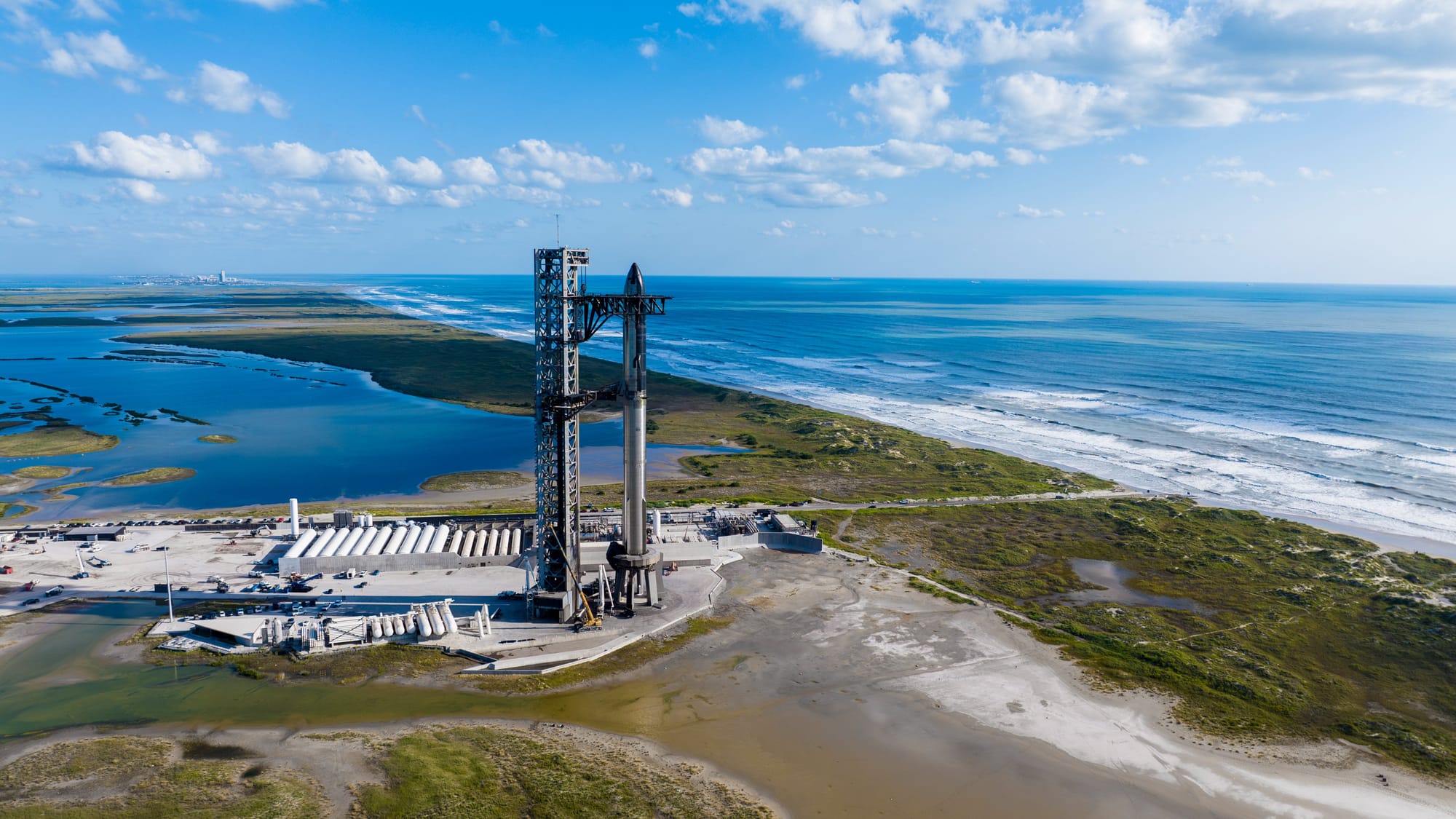Liftoff of Starship! pic.twitter.com/WyNRN1fLbd
— SpaceX (@SpaceX) October 13, 2024
On October 13, 2024, SpaceX conducted its fifth test flight of the Starship rocket system, achieving a groundbreaking feat by successfully catching its Super Heavy booster with the launch tower's mechanical arms.
The mission commenced at 7:25 a.m. CT from SpaceX's Boca Chica facility in Texas.
The Super Heavy booster lifted off alongside Starship, reaching an altitude of approximately 70 kilometers (40 miles) before separating from the second stage. As it descended back to Earth, it re-ignited three of its 33 Raptor engines to slow its fall.
This marked the first time the company executed such a catch landing, a critical step toward developing a fully reusable space vehicle capable of supporting missions to the Moon and Mars.
At the same time, Starship itself continued on its trajectory, cruising at about 17,000 miles per hour before performing a controlled splashdown in the Indian Ocean after roughly 90 minutes in flight.
This achievement comes after years of preparations and four previous failed attempts. SpaceX aims to reduce costs associated with space travel and increase launch frequency by eliminating the need for extensive recovery operations typically required after rocket launches.
Thousands of distinct vehicle and pad criteria had to be met prior to catching the Super Heavy booster. Thanks to the tireless work of SpaceX engineers, we succeeded with catch on our first attempt. pic.twitter.com/6wa5v6xHI0
— SpaceX (@SpaceX) October 13, 2024















Discussion